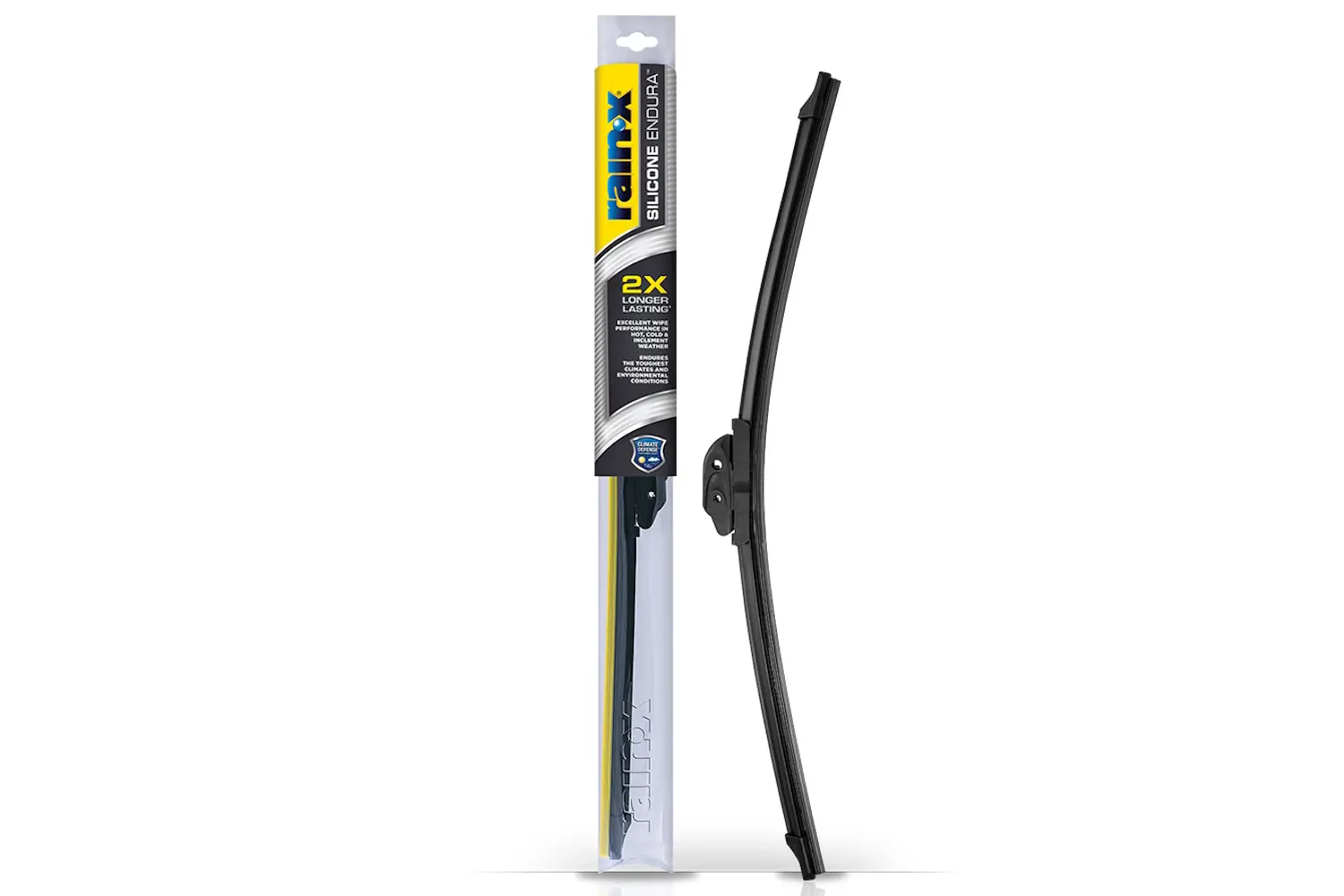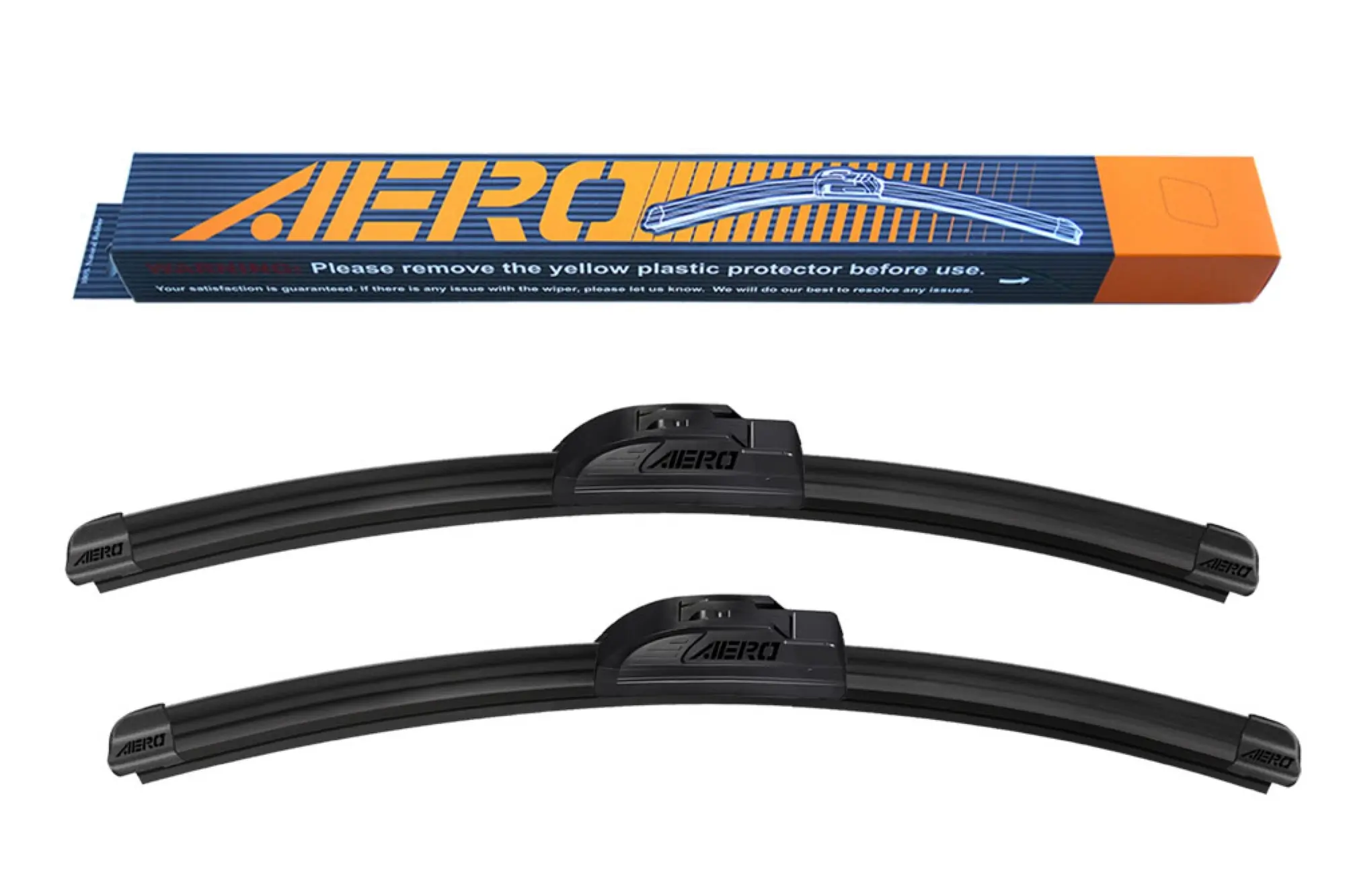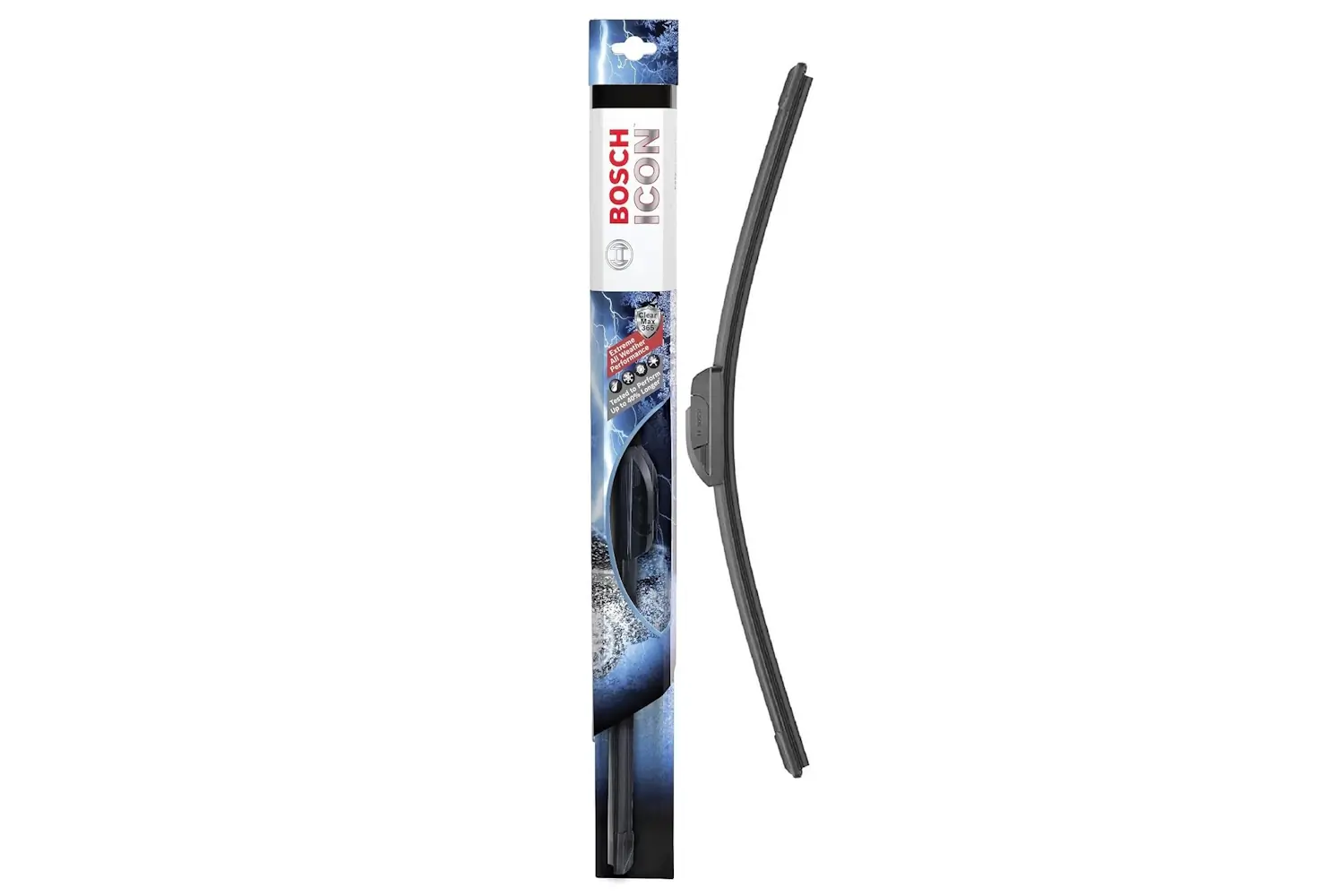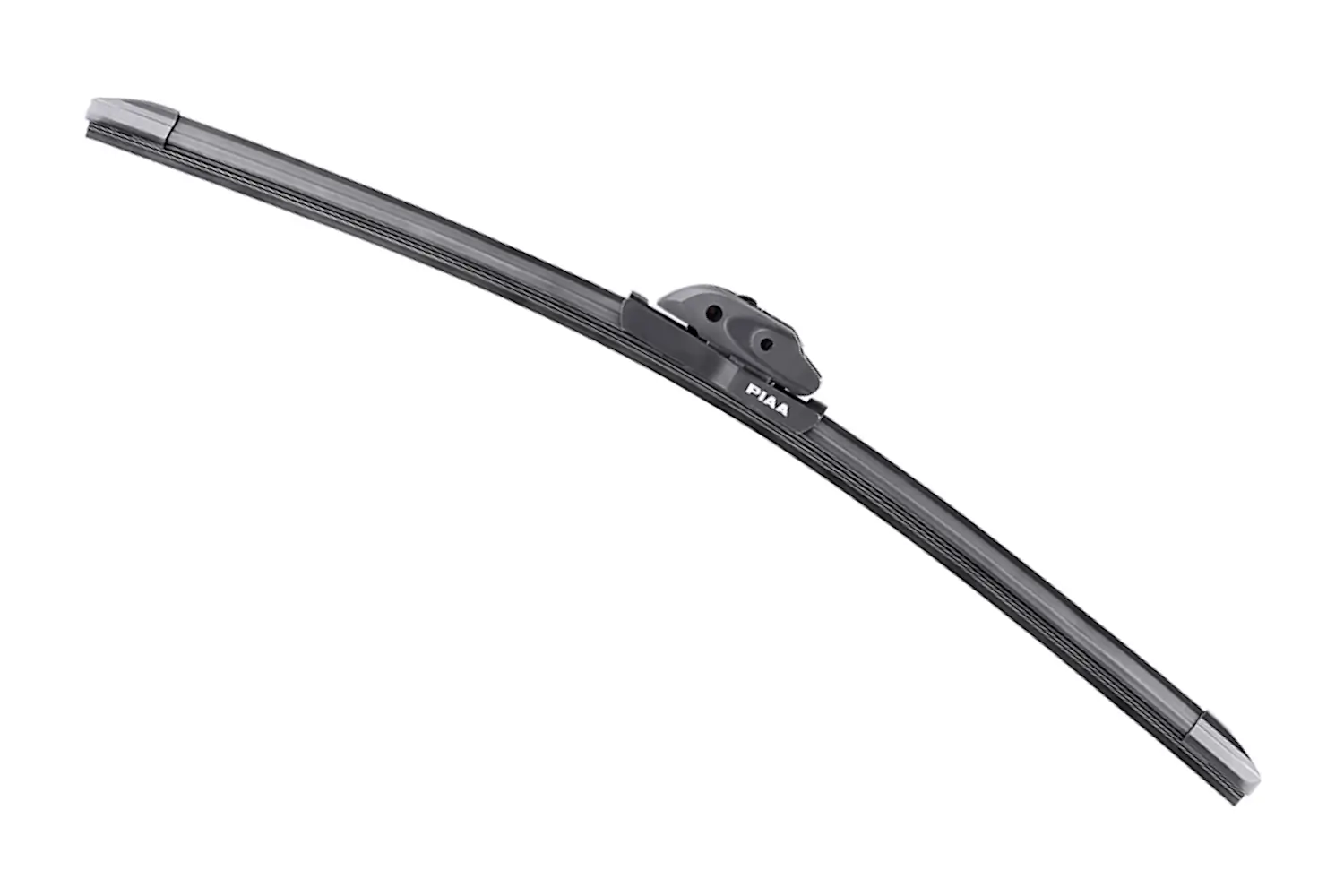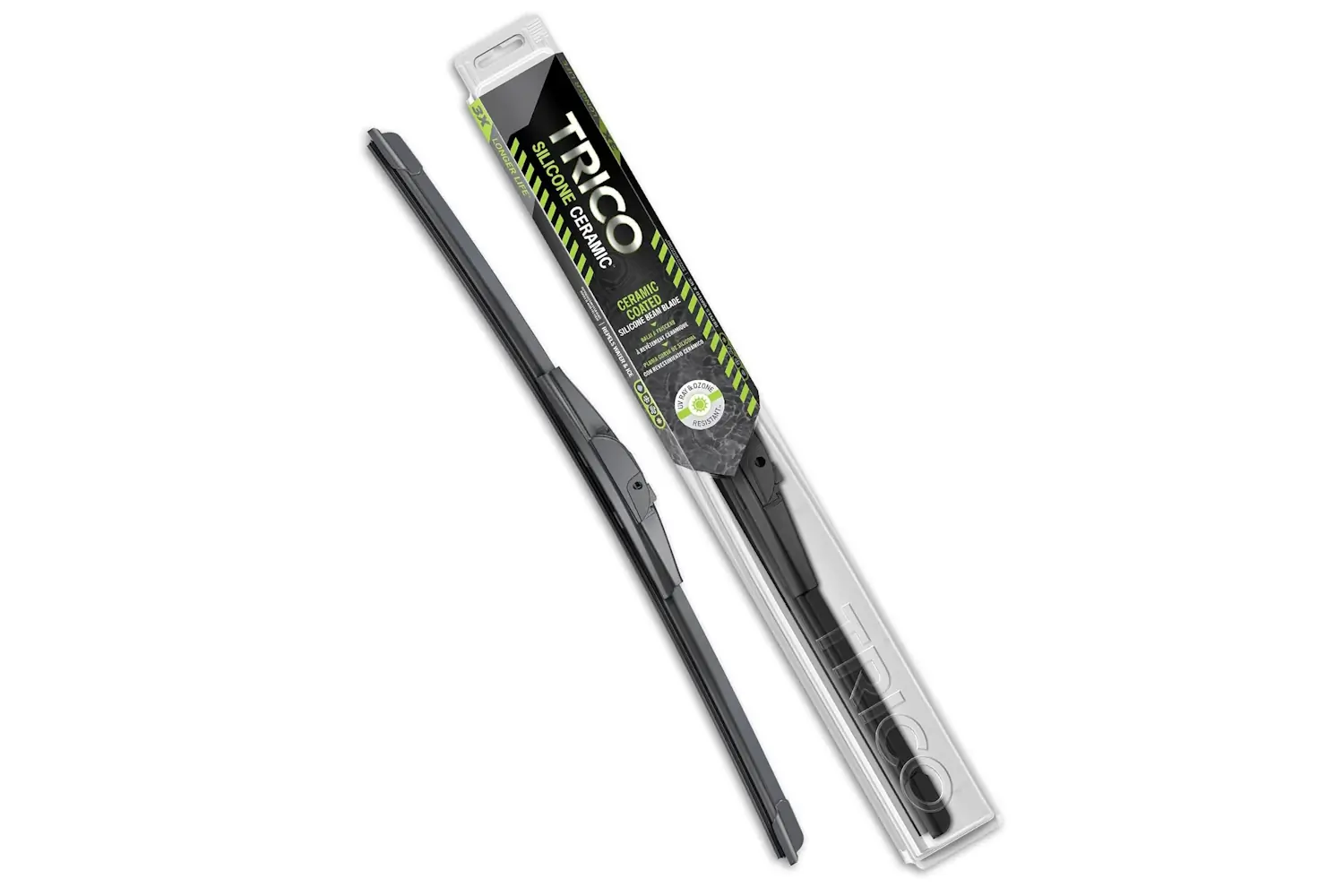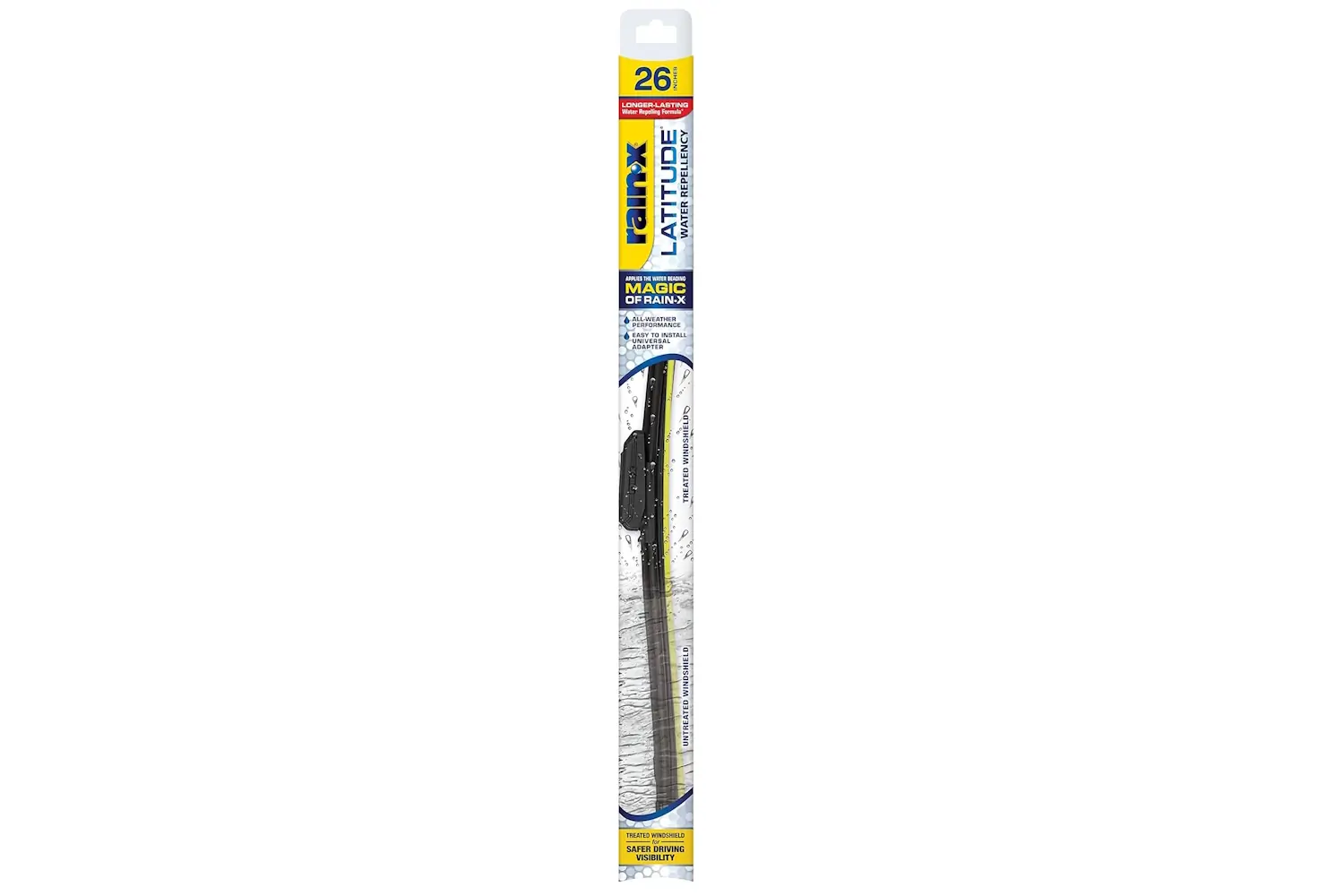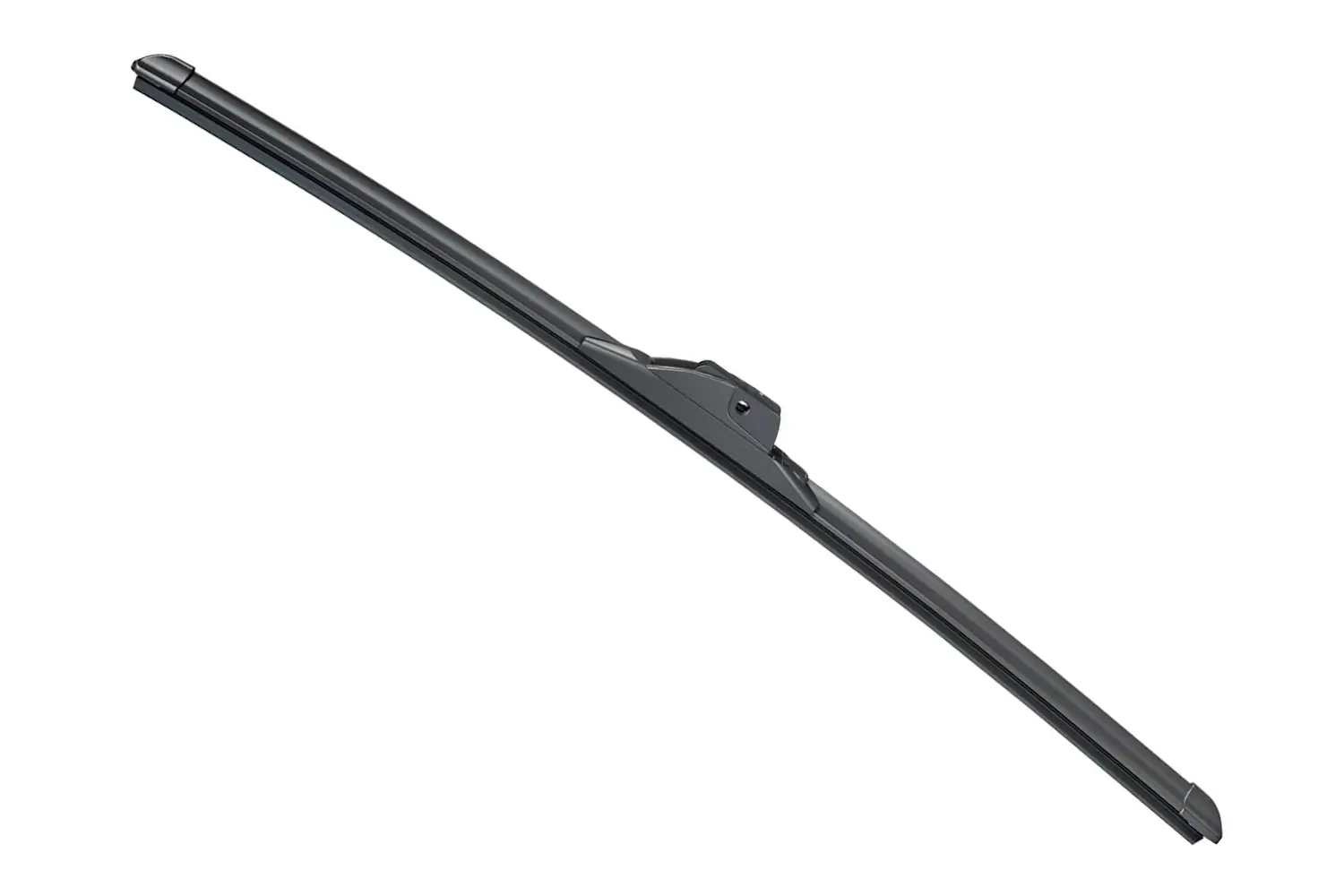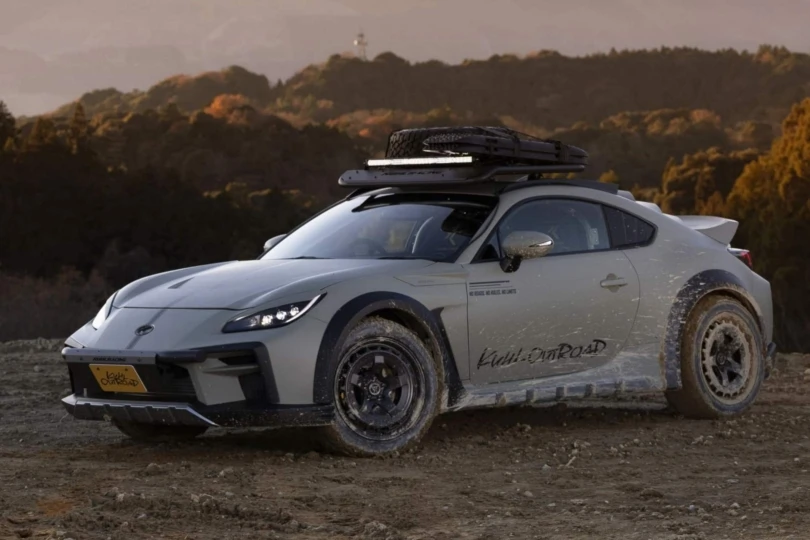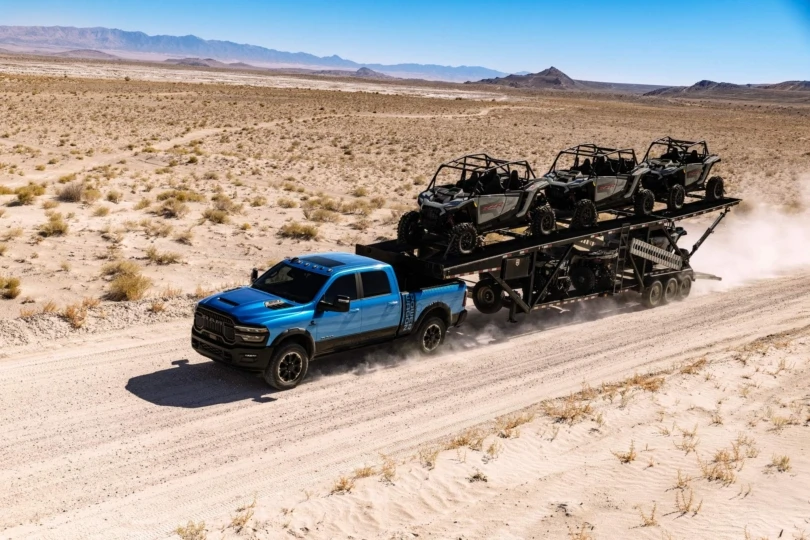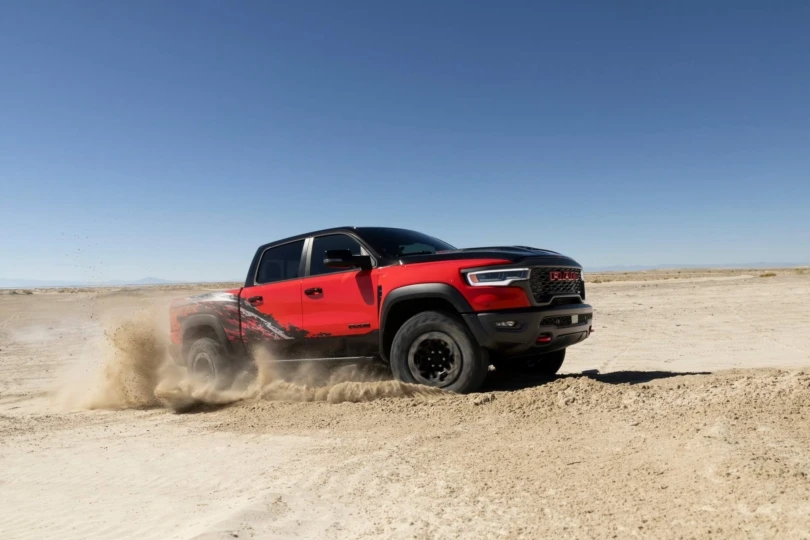We’ve always been steadfast about three things when it comes to auto maintenance: Learn how to change a flat tire before the real thing, keep your fluids topped off, and you ought to be changing your windshield wipers regularly. Thankfully, our gearheads have cycled through the best windshield wipers on the market, so your next change will last longer than ever.
We’ve been caught out in deluges that apparate from nothing, and a good set of wipers has been essential in keeping the rubber side down. An all-around solid set like our top pick, the Rain-X Silicone Enduras, is a go-to with silicone performance, but if you live somewhere that just doesn’t see much precip, the AERO Voyager J-Hook wipers are budget-friendly and are an even more premium beam-style design for the price.
While wiper blades aren’t the sexiest auto accessory and aren’t very complicated, there is enough nuance to dig into to separate the worthy from the weak, and we’ve laid it all plain here. From traditional to beam, rubber to silicone, there are a few factors to consider, and a couple of wipers that really stand out to us through our testing in the Pacific Northwest.
Editor’s Note: We updated our Windshield Wiper guide on March 19, 2025, to add our new best budget option, the AERO Voyagers, along with an excellent option to swap in for winter driving, the Anco Winter Wiper.
The Best Windshield Wipers of 2026
Rain-X Silicone Endura
- Wiper Style: Beam
- Blade Material: Silicone
- Available Lengths: 14-28”
- Attachment Types: J-hook, pinch tab, pinch tab button, pin arm, side pin
Pros
- Premium silicone element with graphite coating lasts longer than rubber
- High pivot point increases clamping force to windshield
- Silicone blade creates a water-repellant treatment during use
- Locking clasp
Cons
- On the pricier side of wiper blades
- Not a readily available as the brand's more expensive Advantedge Premium wipers
AERO Voyager J-Hook
- Wiper Style: Beam
- Blade Material: Rubber
- Available Lengths: 13-28”
- Attachment Types: Small and large J-hook
Pros
- Quite cheap for two wipers in a set
- DuPont Teflon coating
- 1-year warranty
- Comes with extra set of rubber wiper elements
- Wiper design is aero with a wiper arm cover
Cons
- Only available in J-hook attachment style
- Rubber elements aren't the best at removing water, and can squeak if run dry
SilBlade Standard
- Wiper Style: Branch
- Blade Material: Silicone
- Available Lengths: 11-28”
- Attachment Types: J-hook, pin arm
Pros
- Silicone wipers at a budget price
- Wide available length selection
- Tough powder-coated steel design is hardier than most branch wipers
Cons
- Mounting hardware isn’t the most confident-inspiring, not many options
- Branch-style design won’t do as well in snowy conditions
Bosch Icon
- Wiper Style: Beam
- Blade Material: Rubber
- Available Lengths: 13-28”
- Attachment Types: J-hook, side-lock, pinch-tab, top-lock
Pros
- High-quality beam design with great flexibility
- One of the easiest wipers to mount, with a locking clasp
- Great choice for cold weather driving where silicone could tear
Cons
- Traditional rubber wipers won’t perform as well as silicone rubber across all conditions
- Not as broad of attachment types
Anco Winter Wiper
- Wiper Style: Branch
- Blade Material: Rubber
- Available Lengths: 11-24”
- Attachment Types: J-hook, side pin, small and large bayonet styles
Pros
- Rubber cover encases the entire wiper for protection
- Wiper elements are rubber, which won't tear at very low temperatures
- Affordable price
Cons
- Wiping performance isn't the best
- Wiper arm mount isn't the most robust design
Other Windshield Wipers We Run
The windshield wipers highlighted above are the sets we run on our own vehicles year-round, and they’ve proven to be reliable in even the worst storms. That said, there are plenty of other options out there. Consider the alternates below before making your purchase.
- Wiper Style: Beam
- Blade Material: Silicone
- Available Lengths: 14-28”
- Attachment Types: J-hook, push button, side-pin, pinch-tab
Pros
- Very ‘aero’ design
- Silicone wiper elements have a ceramic coating to reduce friction
- Excellent contact across the entire wipe
Cons
- On the more expensive side
- Broad attachment base prevents flex across entire wiper
- Wiper Style: Beam
- Blade Material: Rubber
- Available Lengths: 14-28"
- Attachment Types: J-hooks, pinch-tab, pin-arms, pinch-tab button
Pros
- Silicone Rain-X coating keeps rubber wipers running smoothly
- Nicely curved beam design
- Quiet when running, even on high
Cons
- Bulkier attachment mount
- Rain-X treatment won’t last forever, can be greasy if touched
- Wiper Style: Beam
- Blade Material: Rubber
- Available Lengths: 13”-32”
- Attachment Types: J-hook, pinch-tab, side-pin, push-button, side-lock, bayonet
Pros
- Budget pricing
- Solid beam design
- Broad available lengths
Cons
- Slight streaking seen during testing
- Plastic frame seems lighter-duty and isn’t as aggressively curved
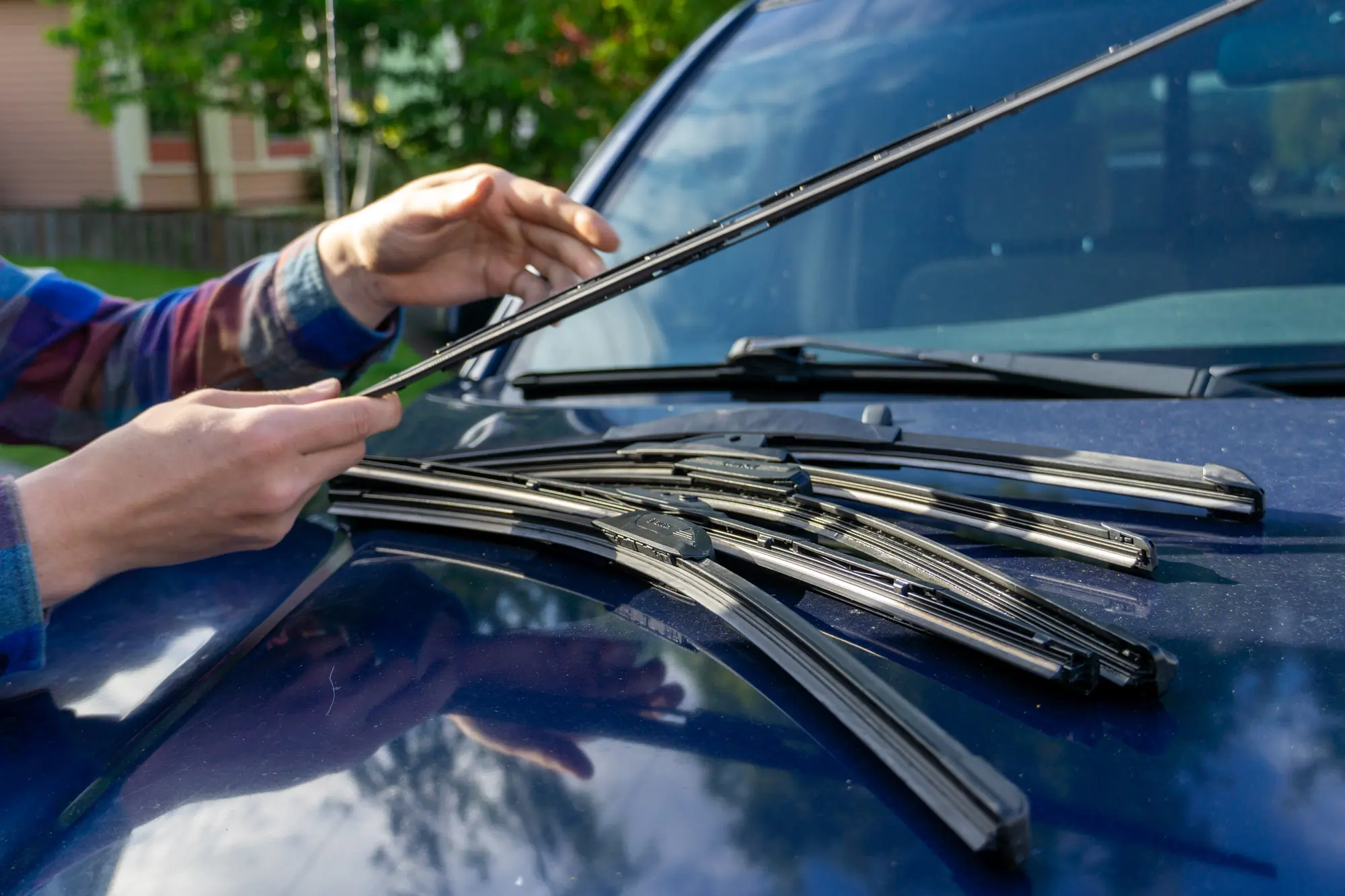
Windshield Wiper Comparison Chart
| Windshield Wipers | Price (Per Wiper) | Wiper Style | Blade Material | Available Lengths |
|---|---|---|---|---|
| Rain-X Silicone Endura | $26 | Beam | Silicone | 14-28” |
| AERO Voyager J-Hook | $8 | Beam | Rubber | 13-28” |
| SilBlade Standard | $26 | Branch | Silicone | 11-28” |
| Bosch Icon | $30 | Beam | Rubber | 13-28” |
| PIAA Si-Tech | $36 | Beam | Silicone | 14-28” |
| Anco Winter Wiper | $25 | Branch | Rubber | 11-24” |
| Trico Silicone Ceramic | $36 | Beam | Silicone | 14-28” |
| Rain-X Latitude Water Repellency | $18 | Beam | Rubber | 14-28” |
| Trico Flex | $17 | Beam | Rubber | 13-32” |
How We Tested the Best Windshield Wipers




It’d be easy to phone it in and just recommend any old wiper (the kid at the auto parts counter does — we jest), but we aimed to get into the nitty gritty and really separate the good from the great in our testing. This involved a serious session of research, both online and in questioning our on-staff road warriors on what they run on their rigs. Our selection aims to cover the spread of needs, and we think there’s something here for everybody.
Our Testing Process and Testing Grounds
We took a scientific approach to our wiper blade testing, aiming to distill out the marketing fluff and get some solid data through a reliable, replicateable test. This took the form of our trusty Toyota Tacoma, a few carefully aimed sprinklers, a slow-motion camera, and an audio recorder.
Each wiper was run at the same speed with the same amount of water, and the performance was recorded — then compared to suss out which blades moved the most amount of water, and which did this the quietest. For blades that required a wipe-on silicone treatment, we cleaned the windshield between tests to ensure a sterile test bed and accurate results.
We also paid close attention to the installation and removal process (and we got pretty dang good at both). Wipers often use a number of adapters to connect, and we challenged multiple testers to affix these wipers without reading the instructions. After a few nipped fingers and a few more curses, we had a good idea of the work it took to get each wiper set up.
Aside from our stationary testing, we also, of course, hit the road, driving through deluges on the Olympic Peninsula, snow storms in British Columbia, and more than a few mud holes on our way out to the perfect campsite. This frequent blade changing also gave us ample experience in learning which blades go on the easiest, and which should have come with an installation manual.
And finally, we are constantly testing the durability and longevity of these wiper blades, running them full-time on our rigs and using them until failure. Our review is constantly updated to reflect this data, and we also test new wipers as they become available.
Our Expert Testers
Living just north of the Rainy City, lead tester Nick Belcaster sees enough annual liquid precip to necessitate not only annual wiper blade replacement but has even swapped out a wiper motor or two from over-use. Stealing away across the West has put him atop some mountain passes at exactly the wrong moment, and he has both cheered and cursed his wiper blades, depending on their condition.
Our wiper coverage is also influenced by a broad back bench of auto-savvy GearJunkie editors and contributors, who provide testing feedback from their own rigs.
Buyer’s Guide: How to Choose Windshield Wipers
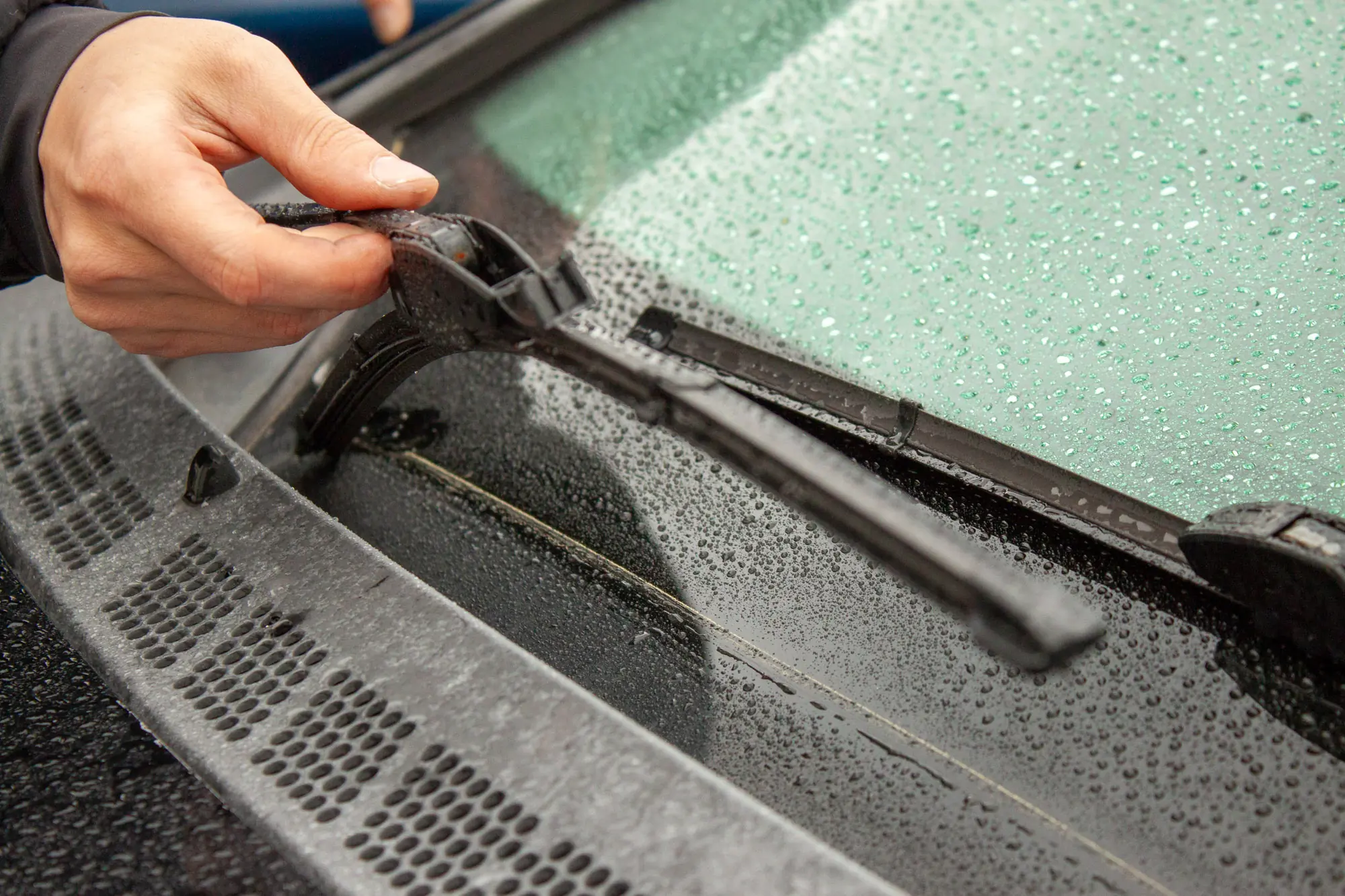



While they might more often be a last-second add-on to your oil change, wiper blades can be pretty important when you need them. We’ve tried our best to find mid-stream substitutes (note: your buddy leaning out the window furiously wiping won’t cut it), but it’s best to get dialed in before you need them. Like ensuring your headlights are clear, keeping your tires topped off, or looking into that pesky engine code, taking care of your wipers will pay dividends in keeping your ride on the road for longer.
Our testing revealed that there’s actually a good bit of tech baked into these simple accessories, and things like wiper design, blade compound, and wipe-on coatings can greatly improve performance and durability over the lifespan of your wipers. Consider the following before you replace your next set to ensure you’re getting the best wiper for the money.
Windshield Wiper Blade Design
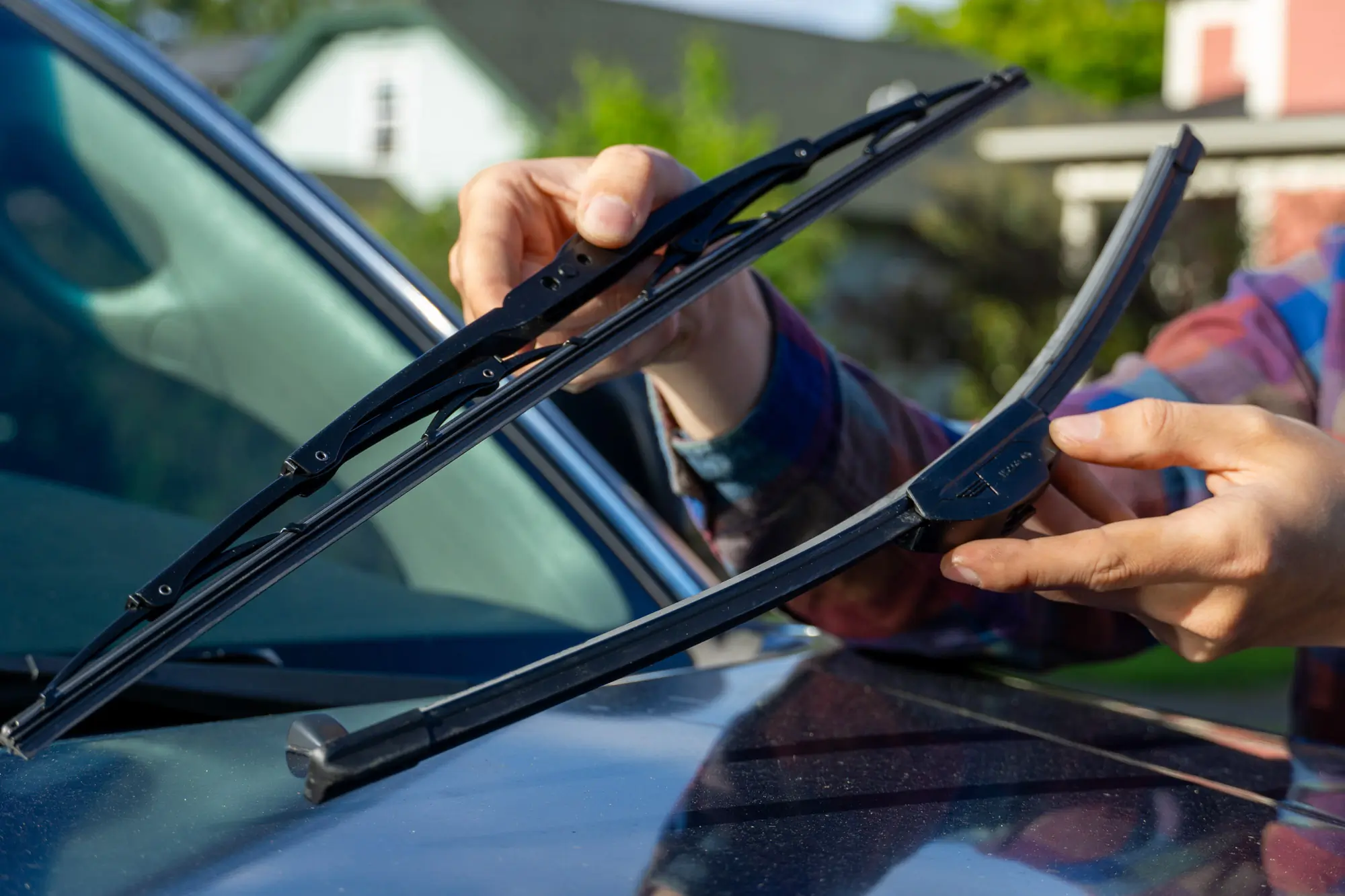



Windshield wiper blades haven’t changed much since their invention (credit one Mary Anderson, 1903, by the way) but there are a few key ways we’ve been able to squeeze more squeegee performance out of them. One of those is in the overall blade frame design.
Traditional Branch Frames
These are the wipers that have been used on vehicles for years. They are simple in design and accommodate the curve in modern windshields, but don’t provide much force in clinging tightly to the glass. Most often made of painted or powder-coated steel, heavy use will wear these frames and can eventually rust.
In areas of heavy snow and ice, branch-style wipers can become inundated with ice build-up between the branch elements, causing the blades to chatter as they fail to glide across the windshield. For drivers in drier climates, branch wipers like the SilBlade Standards or PIAA Super Silicones can be an economical choice. Because they aren’t as essential, we run branch-style wipers on all of our rear window wiper blades.
Beam Frames
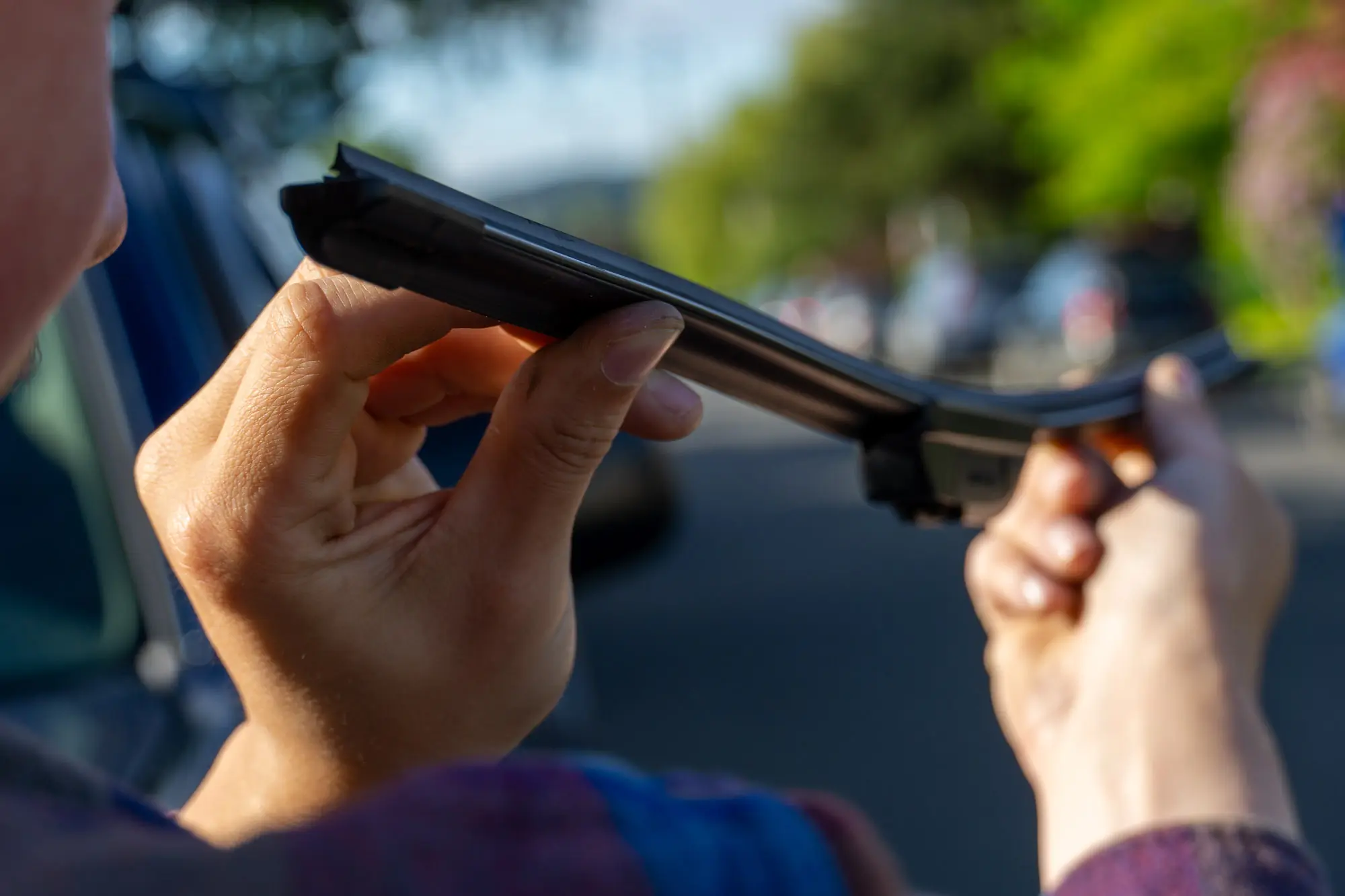



Modern wiper blades use a beam frame design, which is often a one- or two-piece design with metal bands to provide even pressure across the length of the wiper beam. Because there are no pressure points, beam-style wipers are often higher quality than branch-style offerings, with less chatter and hang-ups.
Beam-style wipers also cling tighter to the windshield, making them more aerodynamic and lessening wind noise and lift. In our testing, the Bosch Icons just about have the style perfected, and exhibit great flex and contact.
Hybrid Frames
Hybrid-designed frames combine a bit of both styles of wiper blades and incorporate an aerodynamic cover to a branch frame to lessen wind-lifting and keep your wipers where they need to be. This also helps eliminate the icing issue that comes with many branch frames.
Performance
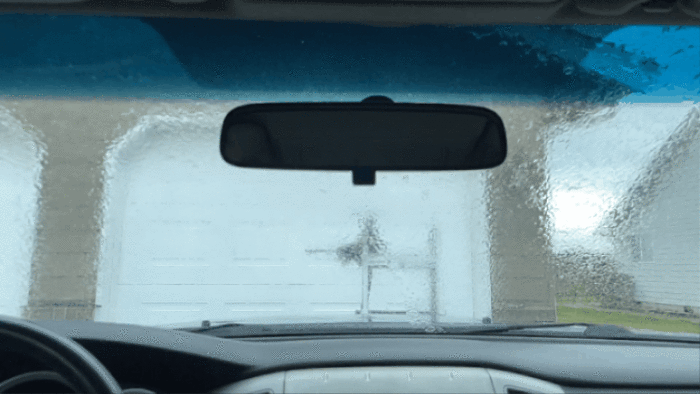

Quantifying wiper performance might seem a bit in the weeds, but we wanted to really split hairs in finding the best wipers, so we put together a quasi-scientific test. Armed with our trusted garden hose and a ladder, we simulated a classic Pacific Northwest spring day, complete with every type of rain you could imagine (sprinkles to deluge), and recorded our findings to dissect later.
The primary wipe is the one that removes most of the water from your windshield. During this stroke, we looked for a clean motion with no shuddering or streaking, and we audio-recorded to compare the relative sound produced by each blade. In lesser blades, the ends of the blades are where we noticed hang-ups occurring the most, and this is also where the most streaking was introduced.
During the pause in between wipes, we could tell which blades were removing the most water by just how clear the windshield was in the brief time before more water hit it. As a broad observation, beam-style wipers had better contact across the entire surface of the windshield, removing water more evenly than branch-style frames.
Silicone wipers, too, made a noticeable difference, with only a few wipes necessary before the silicone began transferring to the glass and beading water. This aided in removing water in between wipes — meaning a lower wiper speed could be used.
Wiper Compounds




Your wiper or squeegee element is where the rubber meets the road — er, windshield. These thin strips of rubber or silicone are shaped to end at a point and adapt to the curvature of your window, squeezing the water from beneath it and shuttling it away.
Rubber Blades
The prevailing wiper material for many years, natural rubber is still used heavily in wiper blades and provides a high-quality wipe when maintained well. Dirty windshields are the number one cause of poor-performing wiper blades and can gum up and damage rubber wipers until they no longer wipe properly.
Rubber blades do have a functional lifespan, as they are susceptible to damage from the sun’s UV rays, the ozone in the atmosphere, and high temperatures.
Silicone Blades
Silicone wipers, while often more expensive, do offer a number of advantages over rubber wipers, including better resistance to the environmental elements that degrade them. These types of wipers also offer the added benefit of depositing a thin layer of silicone with every wipe, which adds that water-repellant finish we’re big fans of.
Wipers like the Rain-X Silicone Endura or PIAA Si-Tech easily outperformed the rubber wipers in our tests, and seemingly only get better with additional use as they bed in that silicone layer.
Coated Blades
While they can be either rubber or silicone, many manufacturers add coatings to their wiper elements, such as Teflon or graphite, in order to decrease friction. Know that these treatments won’t last forever, but will increase performance and make your wipers work less, meaning they’ll last longer.
The graphite coating on the Rain-X Latitudes assuredly helps make them one of the quietest wipers in our review, and the ceramic coating on the Trico Silicone Ceramics is a high-tech layer that reduces friction for easier wiping.




Wiper Blade Mounting
While the prevailing wiper attachment is going to be the J-hook style, there are many other styles used on vehicles today, with some of the more common being side pins, bayonets, and push button mounts.
Because wiper blades need to be used on many different vehicles, they often integrate a number of different adapters into a single mount. Because the universe of wiper attachments can be dizzying, it’s best to consult an auto parts store or online resource to ensure the wipers you’re purchasing are compatible with your vehicle.
It’s also important to note that there are ‘exact fit’ wiper blades available today, which are specified to meet the OE, or original equipment, requirements of your vehicle manufacturer. These blades won’t be fitted with any adapters, and instead only fit your vehicle, making the process a simpler affair.
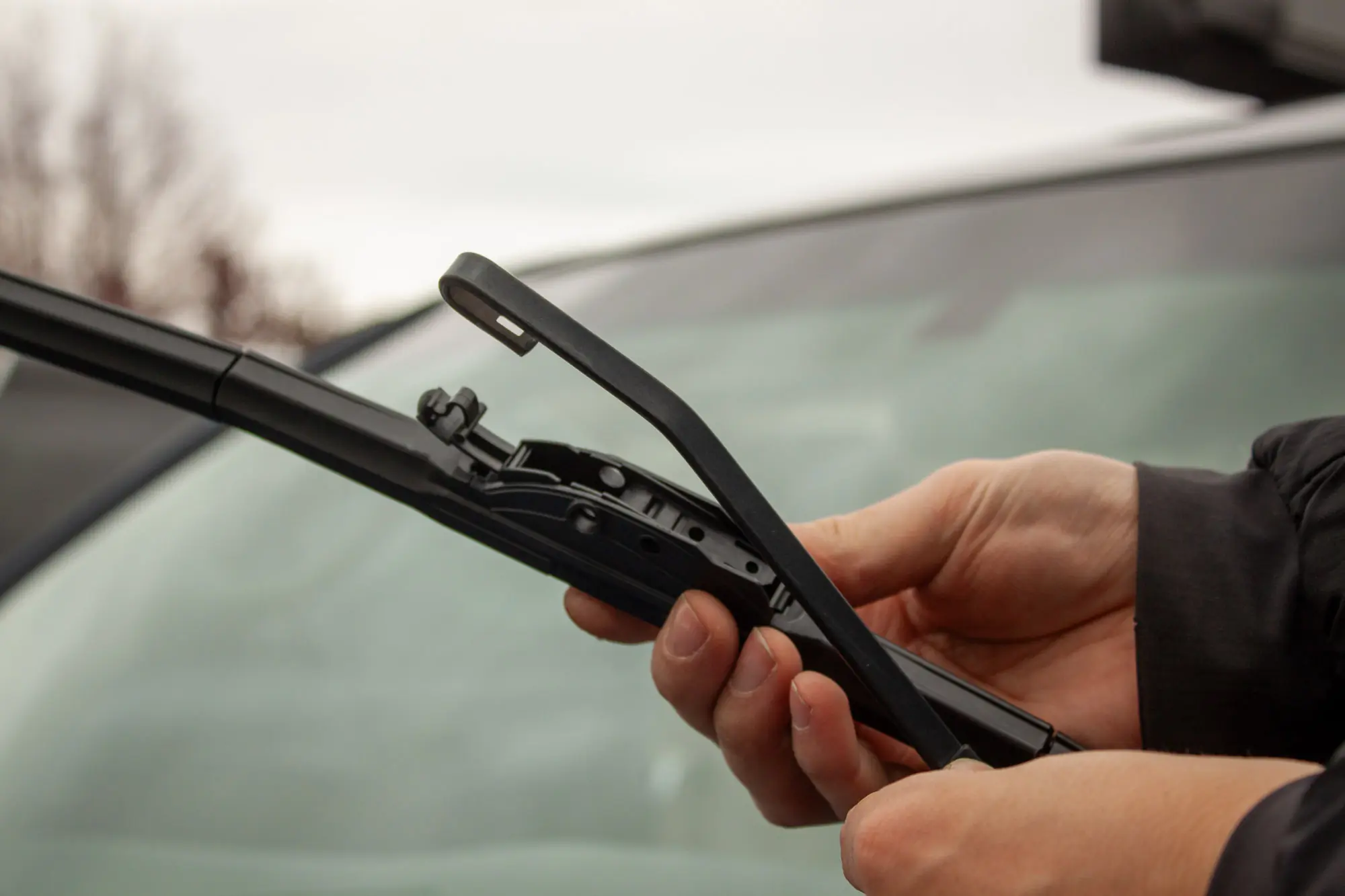



Durability and When to Replace
Even the best wiper blades will eventually need replacing, but investing in a set that’ll go the distance can push off that date by a long time. Replace your wipers as part of your regular vehicle maintenance checklist to ensure they are not forgotten.
Most wiper blades will begin to degrade in performance around the 6-month mark, with many needing replacement after a year. However, with more high-end wiper blades, we have successfully run the same set for upward of 2 years with little loss in ability.
The most durable wiper blades will likely be beam-style designs, which have fewer moving parts and are less likely to become inundated with debris and ice. Silicone wipers also last much longer than their natural rubber counterparts due to their more stable chemical composition.
Using an off-the-shelf water-repellant treatment such as Rain-X can significantly improve the performance of your wiper blades. The coating causes water to bead and roll off your windshield, meaning you can avoid using your wipers altogether in light mist. Cleaning your wipers regularly will also prolong their life and keep debris from tearing the wiper elements.
Consider replacing your wipers once they begin to leave streaks on your windshield, or making any sort of chattering or squeaking sounds.
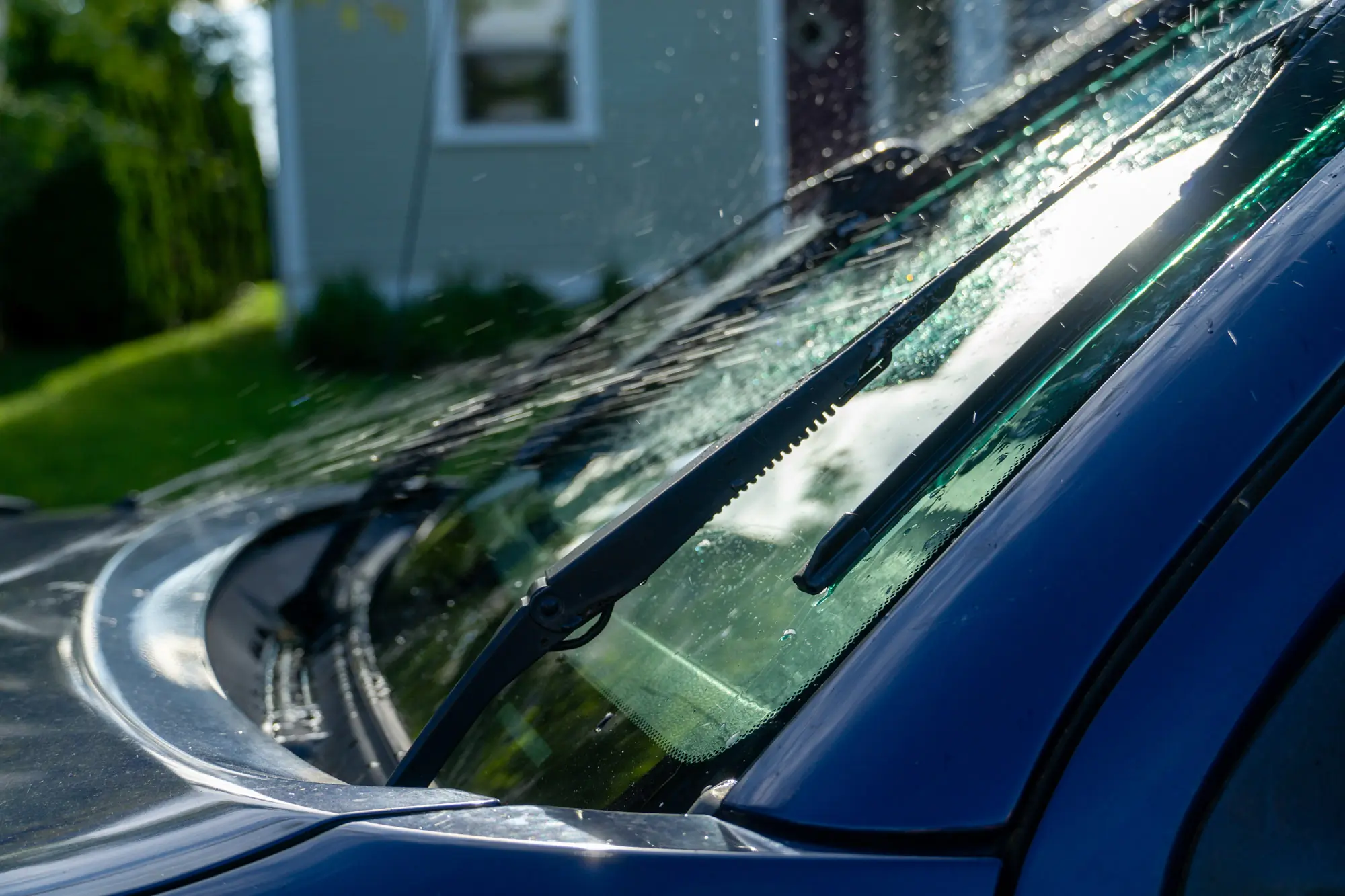



Price & Value
Windshield wipers aren’t exactly spendy, but that also doesn’t mean you should skimp on them. The biggest deciding factor is, of course, how often it’ll rain or snow where you drive the most. The needs of the Seattlite are certainly different than your average Albuquerquean, and this will dictate how much you ought to spend on your wipers.
Budget
If you live in a relatively dry climate, or maybe are outfitting a vehicle that is more of a fairweather cruiser, a set of budget wipers can well make the cut. These are going to be rubber branch-style blades, more often than not, as the design is simply to stamp out of metal, and the rubber elements provide good enough performance. The AERO Voyager J-Hook ($17) is even a slight upgrade in that you get a beam-style wiper.
Mid-Tier
Spending $20-30 per wiper gets you into the bread-and-butter options, like the $26 Rain-X Silicone Endura, which enjoys heightened performance from its silicone wiper elements. You’ll see more beam-style wipers at this price range, which will provide a better wipe as they contact the windshield more uniformly, and the Bosch Icon ($30) is one of the better designs we tested.
Premium
Spending $30 on wiper blades (that’s $60+ per set) is some serious coin, but if you drive in extreme conditions where performance matters, even these simple things can make a difference. These blades will be all silicone like the PIAA Si-Tech ($36) and laid up onto robust beam-style blades that provide a high-quality wipe each time.
Frequently Asked Questions
For our money, we’d offer the Rain-X Silicone Endura wiper blades to anyone looking to replace or upgrade their wipers. Their silicone wiper elements are top-notch, and continually deposit a thin layer of water-repellant throughout the life of the wiper, meaning water beads right off your windshield.
For a bit more out-of-pocket, the PIAA Si-Tech wipers are essentially the same, but ship with an included wipe-on water-repellant treatment, which we found highly effective.
Very expensive windshield wipers might not make a huge difference, but very cheap wipers will. There isn’t a vast ocean of performance difference when it comes to wipers, so going with a solid middle-ground choice like the Bosch Icon or Rain-X Latitude is a solid choice.
Generally, the more expensive wiper blades will be beam-style and use a silicone squeegee, both design elements that provide high-quality performance for an extended lifespan.
Windshield wipers made with silicone will far out-last their rubber counterparts, as they are less susceptible to damage from UV, ozone, and high temperatures. Single-piece beam designs will also go the distance compared to branch-style wipers, as there are fewer parts to wear out.
For our money, we’d recommend a wiper like the PIAA Si-Tech wipers. These are not only made with high-quality materials but also offer wiper refills when performance starts to wane.
An average windshield wiper lasts up to a year of regular use, often longer with frequent windshield cleaning. Some of the higher-end silicone wipers can be stretched even longer, as their wiper squeegees won’t degrade with exposure.
Once you start to see streaking or hear your wipers making noise, it’s a good clue to consider swapping out to new blades.
For those who are looking for the best performance across all conditions, silicone is certainly the way to go, as it provides a smoother wipe, and lasts much longer than rubber wiper blades.
For vehicles that operate in especially cold and icy climates, it can actually make sense to stick with rubber over silicone, however, as silicone is softer than natural rubber, and can tear when run over an iced-up windshield.
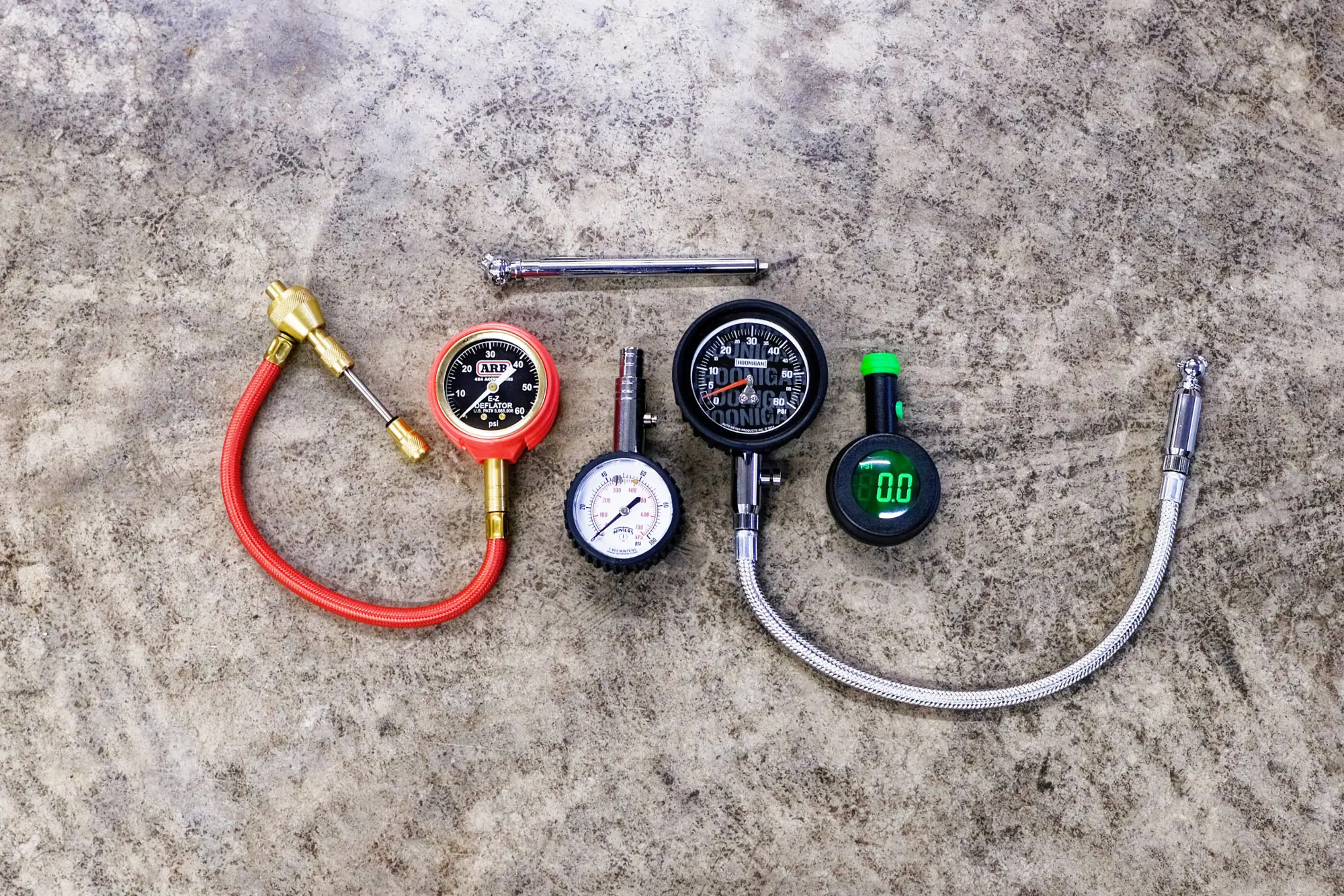

The Best Tire Pressure Gauges of 2024
Keeping your tires properly pressured is a key part of automotive maintenance. These user-friendly tire pressure gauges will help you dial them in.


The Best Car Floor Mats of 2025
We don’t shy away from gunk in the outdoors, so our GearJunkie crew tested the best floor mats for cars and trucks to help keep our rides fresh. Check out our picks from WeatherTech, Husky Liners, and more.

